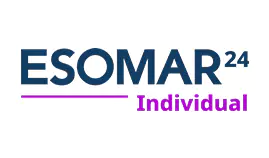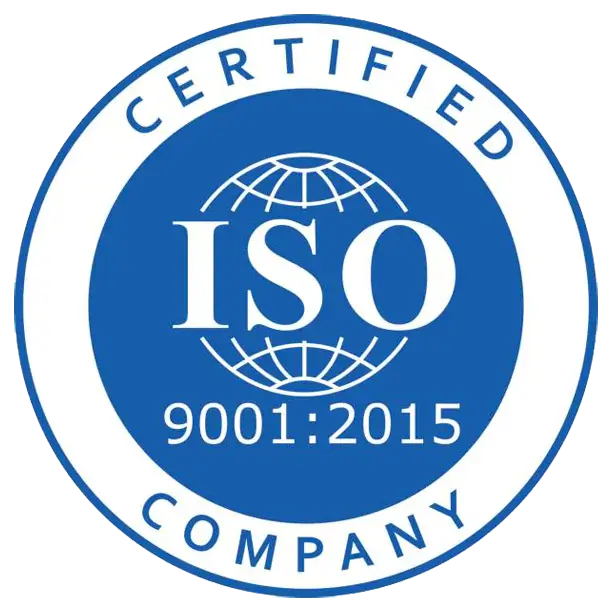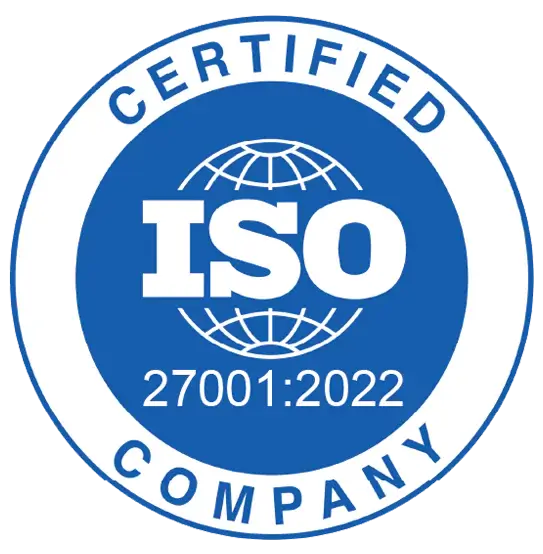
Nowadays, speed plays a major role in success in the tech industry. Companies face significant pressure to launch new features and products rapidly while ensuring top notch quality and dependability The quicker a product hits the market the better the chances of dominating market share and outperforming rivals However enhancing software development speed without compromising quality requires a delicate equilibrium The secret lies in streamlining your software development procedures
By embracing approaches and automating processes while promoting teamwork, among departments within the company; firms can notably shorten their product launch timelines. The next step is to explore techniques for improving development efficiency and accelerating product delivery without compromising on quality.
Adopt Agile Methodologies for Flexibility
The age of project management methodologies, like the waterfall model is rapidly diminishing in significance as the current dynamic landscape demands an progressive strategy for software development. A need that is effectively met by Agile methodologies.
1. Breaking Down Silos
Agile promotes the practice of teams working in development periods known as sprints to refine features and adapt based on feedback received in real time collaboration, across different departments like development and design to ensure everyone is on the same page with project objectives This ongoing exchange of feedback aids teams, in sidestepping the common slowdowns seen in conventional software development endeavors.
2. Focusing on MVPs
Agile emphasizes the significance of rolling out a Minimum Viable Product (MVP) of aiming for a fully loaded product launch – the key is to prioritize a simplified version, with essential features in mind first and foremost. By adopting this strategy businesses can swiftly introduce their product to the market, gather user feedback and subsequently refine their offering based on this input. This iterative process centers around constructing, testing, and enhancing product features in steps ensuring an efficient and adaptable development approach overall.
Agile approaches emphasize adaptability and ongoing enhancement allowing teams to speed up product release times while maintaining standards of quality.
Streamline the Process of Testing and Deploying
A major time consuming aspect of software development is the testing and deployment process which can be alleviated by automation tools that help teams save time and ensure testing and efficient code deployment.
1. Continuous Integration and Continuous Deployment (CI / CD)
Using CI/CD pipelines is crucial, for accelerating the development cycle. With Continuous Integration (CI) developers can merge code into a shared repository times daily. Run automated tests to detect bugs at an early stage. Continuous Deployment (CD) enables the system to automatically deploy code updates to production once they pass tests without the need for intervention that could slow down release cycles.
2. Automated Testing
Testing manually takes a lot of time. Is prone to mistakes from humans whereas automated testing is much quicker and conducts tests across all code sections in a short time span. It covers types of tests such as unit testing and performance testing to make sure that new code doesn't cause any issues with existing functions. This lets teams concentrate on creating features of constantly dealing with bugs.
Implementing CI / CD pipelines, for testing and deployment reduces workloads. Accelerates the release process while upholding top notch code standards.
Encourage Teamwork Across Departments
Getting products to market quicker isn't about the development team moving, it's also about different departments collaborating well across the entire software development company, for example https://yalantis.com/. The better teams can cooperate with each other; the quicker choices can be. Obstacles can be sidestepped.
- In companies and businesses these days the teams responsible for product management as well as design and development tend to work independently from one another which ultimately causes issues in communication and results in unnecessary delays.
- A solution to this problem is to bring these teams from the beginning promoting a culture of collaboration that ensures everyone understands the vision clearly and works towards common objectives. Conducting meetings, frequent check ins and utilizing project management tools such as Jira or Trello can aid in fostering this environment.
- Taking a DevOps strategy involves uniting development and operations teams to enhance communication and simplify the software delivery process flow. Maintaining a focus, on teamwork and automation for enhancement allows for swift code development and deployment. By eliminating the division, between development and IT operations teams the DevOps approach speeds up the procedure. Guarantees smoother product launches.
Working together across teams such as product development and operations can enhance the development process efficiency. Prevent misunderstandings that might cause delays in product launches.
Set Clear Metrics and Goals
To enhance the efficiency of software development processes it is crucial to assess what truly counts. Lack of objectives and measurements can hinder your understanding of the areas causing delays and potential areas for enhancement.
It's important to keep an eye on cycle time, which's the duration, from initiating a feature to finishing it up effectively. In the vein, lead time is a measure of the duration it takes to move from an idea to its delivery phase. Teams can spot any hindrances in the software development process. Make tweaks by monitoring these metrics diligently.
User feedback is considered a measure of success, in evaluating performance.
Success in software development goes beyond speed of delivery; it hinges on meeting user needs effectively by gathering feedback from users to ensure that development efforts address the issues at hand. Agile methodologies facilitate the integration of feedback into the development process which enables teams to enhance features based on usage scenarios.
Conclusion
Monitoring measures such as cycle time and user input helps teams pinpoint obstacles and improve workflows to achieve more efficient product releases. By embracing approaches and implementing automated testing while promoting teamwork and establishing measurable goals organizations can enhance their software development workflows to speed up product launches. It's not about speed; it's about working. In today's paced landscape businesses can succeed by implementing effective strategies to create products that cater to user requirements and outshine their competition.






